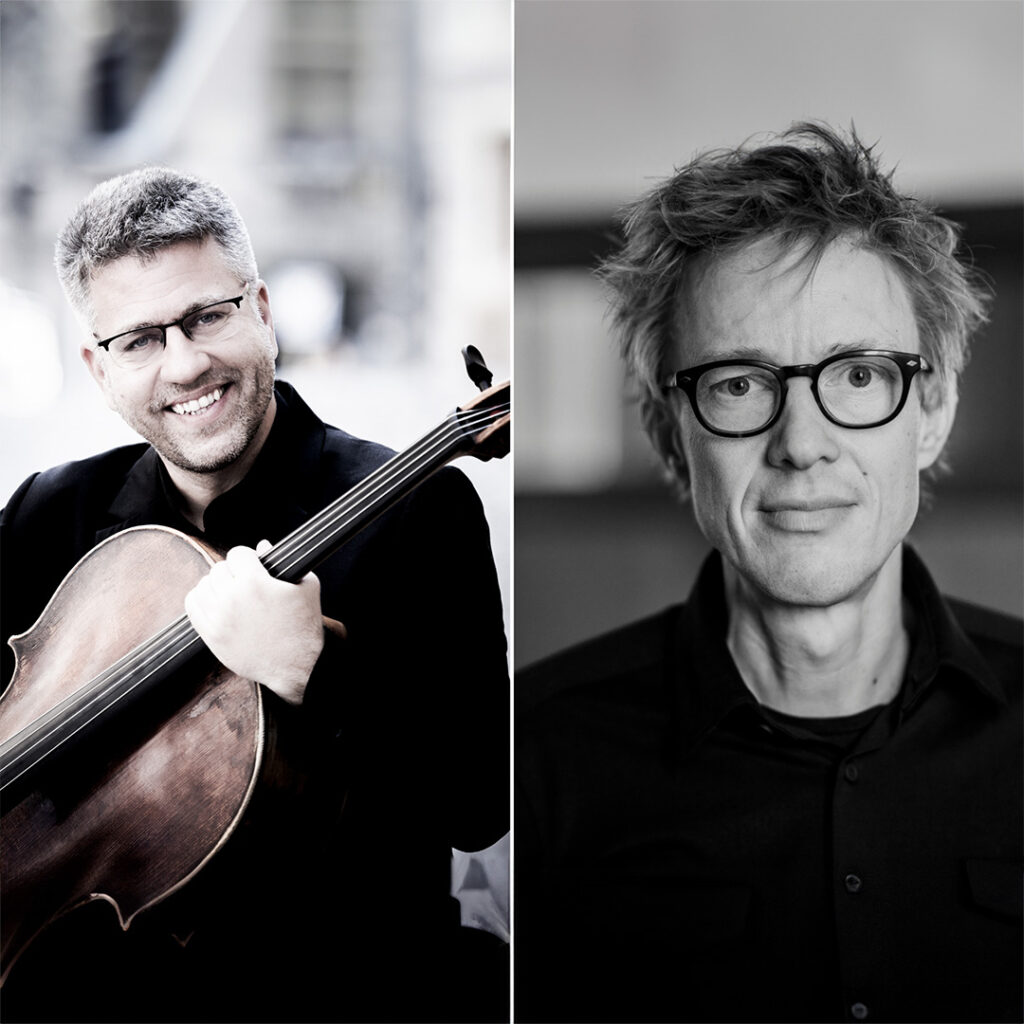
Peter Hudler violoncello
Andreas Teufel piano
Programme
Erwin Schulhoff
Sonata for Cello and Piano, WV 35
Anton Webern
Two Pieces
Zoltán Kodály
Sonata for Cello and Piano, op. 4
- INTERMISSION -
Anton Webern
Sonata for Violoncello and Piano
3 Pieces for Violoncello and Piano, op. 11
Johannes Brahms
Sonata in F Major, op. 99
A chamber music matinee dedicated to the music of Viennese Modernism.
Musical culture in Vienna around 1900 is known for its extraordinary creativity and innovative power, as a complex phenomenon characterised by radical changes, but also by continuities with the past. The music of the "sunken world" of the late Habsburg Empire was influenced by the various nationalities that came together in Vienna, the melting pot of the empire at the turn of the century, which provided for that great creative awakening in all the arts and sciences that made Vienna one of the most culturally vibrant cities in the world around this time.
... one of the greatest and most radical changes in Western music history finally took place, the "collapse of the old order" of tonality, the step into free atonality and the search for a new compositional reference system. The fact that this step was not a consciously destructive act, but a painfully perceived final consequence of the compositional developments of the 19th century, was emphasised by Arnold Schönberg in his essay Brahms the Progressive.
This theme certainly offers a highly exciting examination of the question of how freedom and order, conservatism and progressiveness in art and also in life are connected and should or can be mutually dependent.
The first half of the concert presents works by artists who were still young and at the beginning of their careers at the time, but who were already creating true masterpieces. Erwin Schulhoff represents the Czech/Bohemian and Jewish influence, a child prodigy who was predicted to become the Mozart of the 20th century. However, his life ended early in Auschwitz. His sonata from 1914 reflects Schulhoff's diverse musical influences, including late Romantic tonal colours and impressionistic elements. Anton Webern, who later stood at the forefront of major aesthetic upheavals as part of the Second Viennese School, initially wrote late-romantic music, as in the 2 Pieces for Violoncello and Piano (1899). The radical break with tonality, which he carried out together with Arnold Schoenberg, is exemplified by the highly condensed miniatures of the 3 Pieces for Violoncello and Piano and in the Sonata for Violoncello and Piano. Zoltán Kodály from Hungary incorporated folk music and impressionist accents and, together with Béla Bartók, is regarded as one of the first ethnomusicologists. His Sonata op. 4 for Violoncello and Piano is a little-known but excellent example of his highly interesting musical style.
The second half of the concert is dedicated to the "mentor", the role model, perhaps even the all-encompassing "father figure" Johannes Brahms, who lived in Vienna and acted both as a musically conservative force and as the missing link between the classical masters such as Mozart and Beethoven and the highly innovative and aesthetically disruptive work of Arnold Schoenberg and the Second Viennese School. His Sonata Op. 99 in F Major is one of the most important pieces for violoncello and piano ever and is an absolute highlight of romantic chamber music literature that leaves nothing to be desired!
Organised by Cello Expansion. Tickets and further information